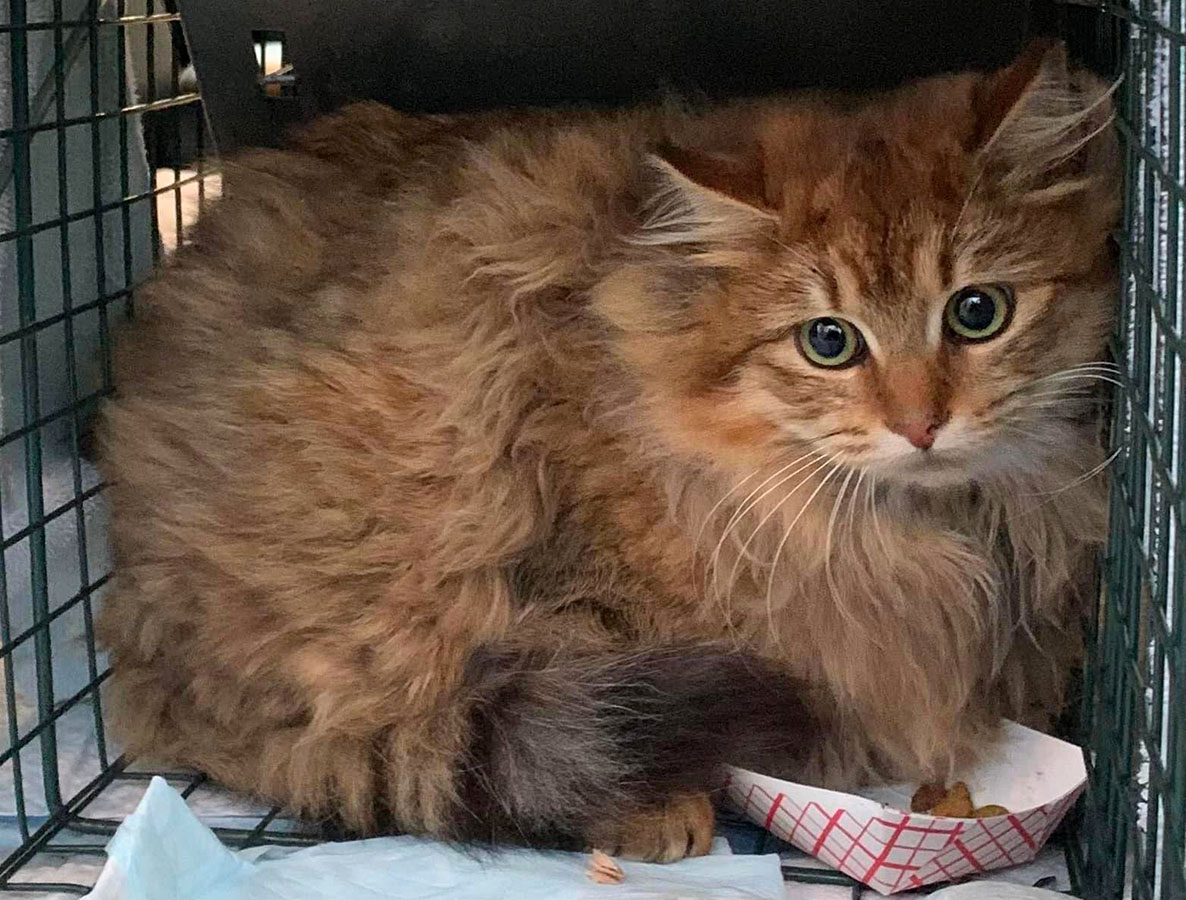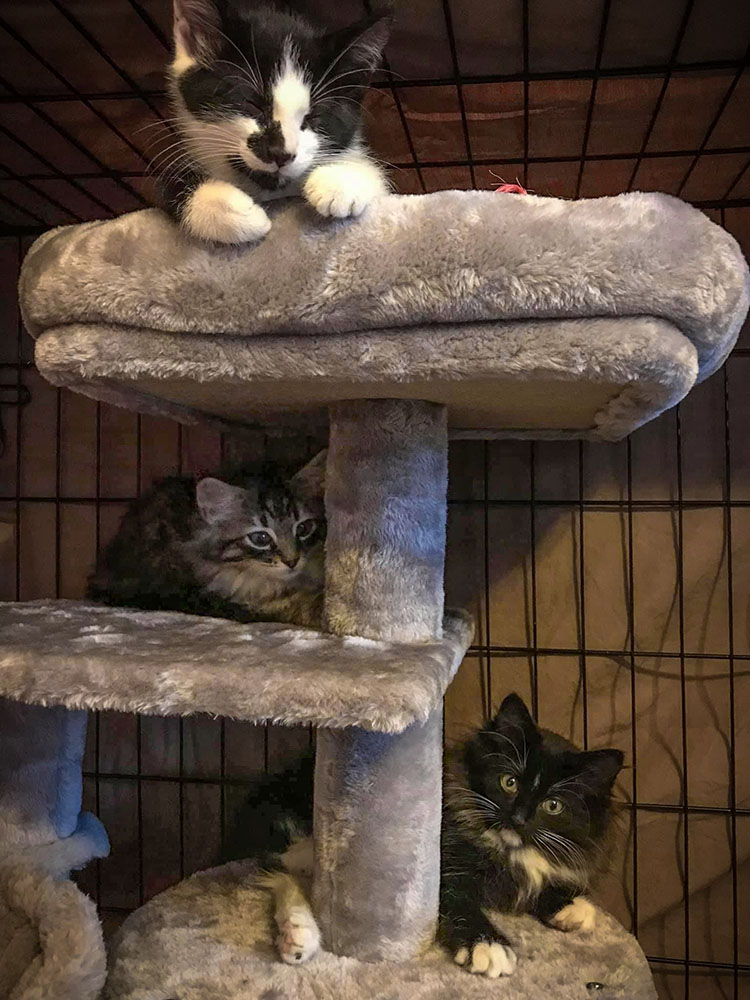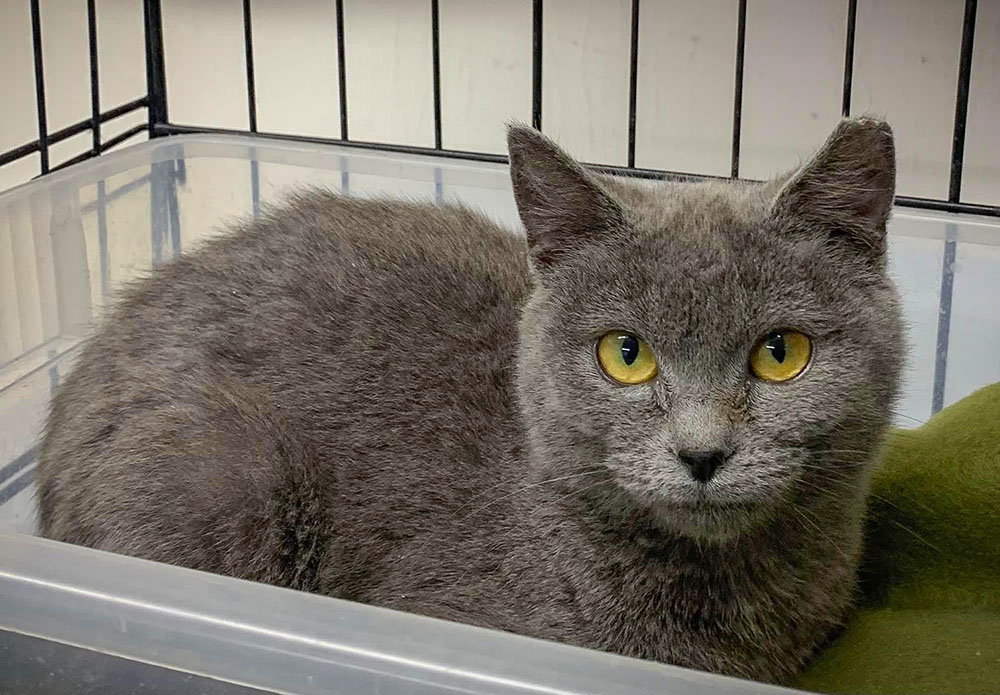Trap-Neuter-return
Controlling feral cat populations and improving cat health
The importance of tnr
What is Trap-Neuter-Return (TNR)?
Trap-Neuter-Return is the humane and effective approach for stray and feral cats. Now in practice for decades in the US after being proven in Europe, scientific studies show that Trap-Neuter-Return improves the lives of feral cats, improves their relationships with the people who live near them, and decreases the size of colonies over time.
Trap-Neuter-Return is successfully practiced in hundreds of communities and in every landscape and setting. It is exactly what it sounds like: Cats are humanely trapped and taken to a veterinarian to be neutered and vaccinated. They typically get their ear tipped by the veterinarian at the same time. Ear-tipping is a widely accepted means of marking a community cat who has been spayed or neutered. Ear-tipping is the humane, safe surgical removal of the top quarter-inch of the left ear. Ear-tipping prevents an already-spayed or neutered cat the stress of re-trapping and an unnecessary surgery. After recovery, the cats are returned to their home—their colony—outdoors.
Kittens and cats who are friendly and socialized to people may be adopted into homes through a partner rescue.
Grounded in science, TNR stops the breeding cycle of cats and therefore improves their lives while preventing reproduction. It is a fact that the removal and killing of outdoor cats that animal control has been pursuing for decades is never ending and futile. Since feral cats are not adoptable, they are killed in pounds and shelters. With a successful program like Trap-Neuter-Return to turn to, it’s hard to believe that animal control agencies continue to kill cats, even though that approach has shown zero results.
Trap-Neuter-Return provides a life-saving, effective solution for these beautiful, independent cats.
Read More: https://www.alleycat.org/resources/why-trap-neuter-return-feral-cats-the-case-for-tnr/
Read More: https://www.aspca.org/helping-people-pets/shelter-intake-and-surrender/closer-look-community-cats

How Our Program Works
We have a comprehensive Trap-Neuter-Return program for Medina County that provides feral and community cats with spay/neuter, distemper vaccine, rabies vaccine, dewormer and flea/ear mite treatment. We also treat any wounds or illnesses in order to give these cats the best chance at a healthy outdoor life and prevent the spread of illness throughout their colonies.
All feral and community cats that are spayed/neutered are ear tipped to identify them as being fixed.
Many cats or kittens that are deemed adoptable are microchipped, tested for Feline Leukemia Virus (FeLV) and Feline Immunodeficiency Virus (FIV), and adopted to indoor-only homes through rescue groups that we have partnered with.
After you contact us regarding your situation, we will go over the procedures required to take your cat(s) in through our TNR program.
Medina Meow Fix incurs a cost of $60 for every cat that is fixed through this program. We ask for your donation to cover this cost. This program cannot continue without your generous support and any amount is truly appreciated. We understand that some people cannot afford this due to the number of cats that need to be fixed or due to financial constraints. We will still work with you to have your cats fixed. Recognizing the need for this service, the City of Medina is covering the costs that Medina Meow Fix incurs for it’s residents.
The entire MMF team are volunteers and do their best to help as much as they can with the trapping process. Unfortunately, we do not have the manpower to sit all day trapping cats, which is why we ask for your assistance in the TNR process.
We will provide traps for you to borrow if you do not own one, and will teach you how to use the trap.
Please also keep in mind that we receive a lot of calls and messages each day and do our best to respond as soon as we are able.

Impact of TNR
Fewer cats: According to Alley Cat Allies, over time TNR reduces the size of feral cat colonies anywhere from 16% to 66%. Additionally, if you remove friendly kittens from a feral colony and put them up for adoption, the reduction in the number of cats will be immediate.
We work very hard to educate the community we live in and surrounding areas about the importance of TNR. We are trying to stop the breeding cycle of cats, improving their lives while preventing reproduction.
Our goal is to TNR all of these feral cats, vaccinate, worm and flea treat them to give them the best chance they can have living outdoors. We will also support the people who help manage these colonies of cats. We offer food support, housing and straw for winter.
We hope in the next couple of years to decrease the population of feral and free roaming cats. We would like to see less colonies. We hope to see less traps set because the cats have been neutered or spayed already. We will do our best to serve Medina County and help these animals get the care they deserve and so desperately need.

How to Set a Havahart Trap
How to Set a Tru Catch Trap
Sign Up For Our Newsletter
You’ll receive our quarterly newsletter where we provide updates on organizational needs, events and success stories.
